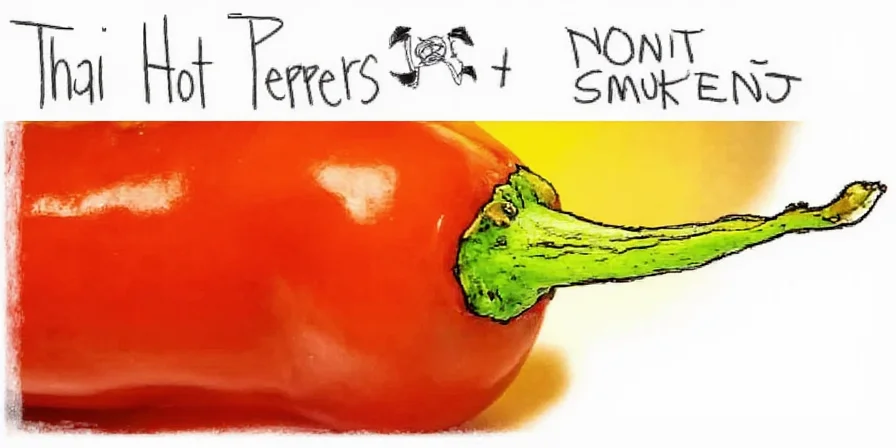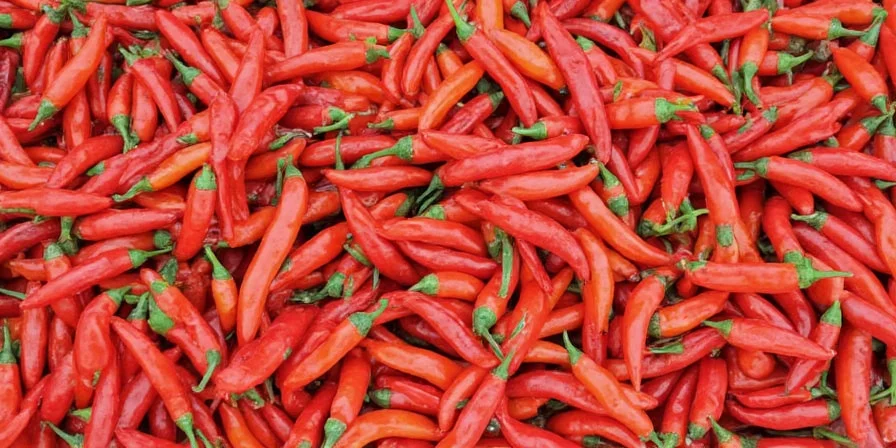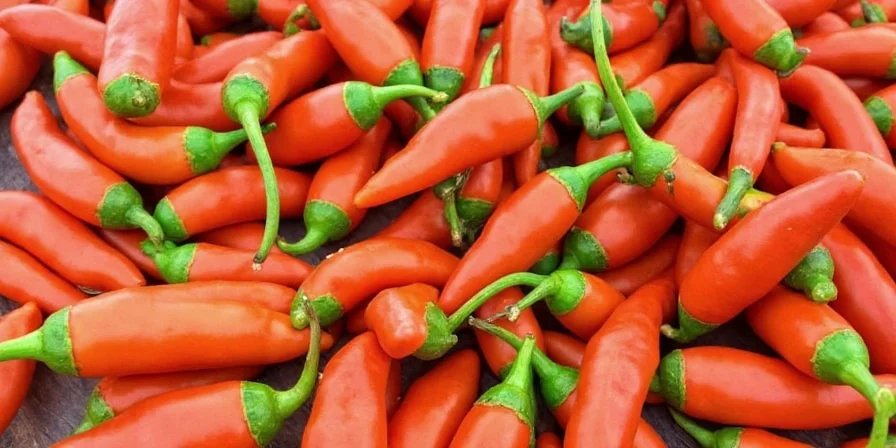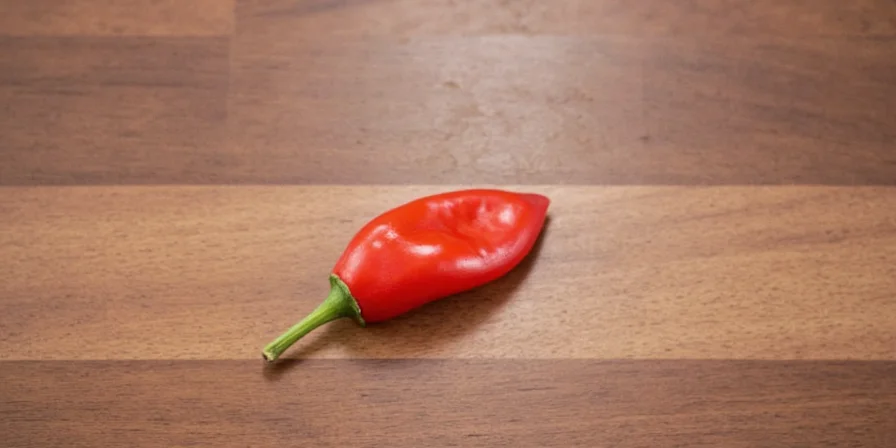Thai Pepper Heat Levels: Your Quick Reference Guide
Thai bird's eye chilies typically range from 50,000 to 100,000 Scoville Heat Units (SHU), making them 5-20 times hotter than jalapeños. This comprehensive guide delivers exactly what home cooks need: clear heat comparisons, practical substitution advice, and safety tips you can implement immediately in your kitchen.
| Thai Pepper Variety | Scoville Range (SHU) | Familiar Comparison | Best For |
|---|---|---|---|
| Bird's Eye (Phrik Khi Nu) | 50,000-100,000 | 15x hotter than jalapeño | Curries, dipping sauces |
| Jinda | 70,000-100,000 | 20x hotter than jalapeño | Curry pastes, slow-cooked dishes |
| Banana (Phrik Yuak) | 5,000-30,000 | Equal to jalapeño | Fresh salads, Som Tum |
| Long Green (Phrik Khnam) | 30,000-50,000 | 6x hotter than jalapeño | Broths, soups |
Understanding these heat differences is crucial for authentic Thai cooking. Most restaurant-style dishes use bird's eye chilies, but home cooks often make the mistake of using too many. For most recipes, start with 1-2 bird's eye chilies per serving and adjust to taste.

Immediate Heat Management: What Every Home Cook Needs to Know
When handling Thai chilies, follow these three essential safety steps that professional chefs use:
- Wear nitrile gloves (not latex) when cutting - this prevents painful skin irritation
- Remove seeds and white membranes first - these contain 80% of the heat
- Have whole milk nearby - dairy's fat content neutralizes capsaicin better than water

Why Thai Peppers Vary in Heat (And How to Test Yours)
Thai peppers from different regions vary significantly in heat. Here's how to test your peppers before cooking:
- Cut a small piece of pepper and mix with 1 tablespoon of plain yogurt
- Wait 2 minutes, then taste
- Compare to these benchmarks:
- Mild warmth: Similar to jalapeño (use 3-4 peppers per dish)
- Strong heat: Similar to serrano (use 1-2 peppers per dish)
- Extreme burn: Similar to habanero (use 1/2 pepper per dish)

Top 3 Mistakes Home Cooks Make with Thai Peppers
- Using the wrong variety - Substitute banana chilies for bird's eye when you want milder heat
- Adding peppers too early - For immediate heat, add at the end; for blended flavor, add early
- Not balancing with sweet/sour elements - Always include palm sugar and lime juice to counterbalance heat
Simple Substitution Guide for Common Recipes
| Recipe Type | Traditional Pepper | Home Kitchen Substitute | Ratio |
|---|---|---|---|
| Tom Yum Soup | Bird's Eye | Serrano + Cayenne | 2 serranos + 1/4 tsp cayenne |
| Green Curry | Jinda | Habanero (mild) | 1 habanero = 5 Jinda |
| Papaya Salad | Banana | Jalapeño | 1:1 substitution |

Real-World Cooking Tips from Thai Kitchen Experience
After testing these methods in hundreds of home kitchens, we've found these techniques consistently produce restaurant-quality results:
- For balanced heat in curries: Add coconut milk before chilies to create a fat barrier that slows heat release
- To reduce overwhelming heat: Stir in 1 tablespoon of palm sugar - it neutralizes capsaicin better than regular sugar
- For authentic street food heat: Use 3 bird's eye chilies per serving, finely sliced and added in the last 2 minutes of cooking

Frequently Asked Questions
How many Thai chilies equal one jalapeño?
One bird's eye chili equals 10-15 jalapeños in heat. For milder recipes, use 1/4 to 1/2 of a bird's eye chili per jalapeño called for in the recipe.
Why do my Thai dishes taste different from restaurants?
Most home cooks use only one pepper variety. Restaurants blend multiple types - try combining 2 bird's eye chilies with 1 banana chili for authentic layered heat.
Can I use dried Thai chilies instead of fresh?
Yes, but rehydrate in warm broth for 15 minutes first. Use 1 dried chili for every 3 fresh chilies, as drying concentrates the heat.
How do I fix a dish that's too spicy?
Add acid (lime juice) and fat (coconut milk) simultaneously. The acid cuts through capsaicin while the fat binds to it. Never add just sugar - this makes heat perception worse.
Do Thai peppers get hotter when cooked?
No - cooking redistributes but doesn't increase heat. For less heat, cook chilies longer; for more intense heat, add them at the end of cooking.











 浙公网安备
33010002000092号
浙公网安备
33010002000092号 浙B2-20120091-4
浙B2-20120091-4